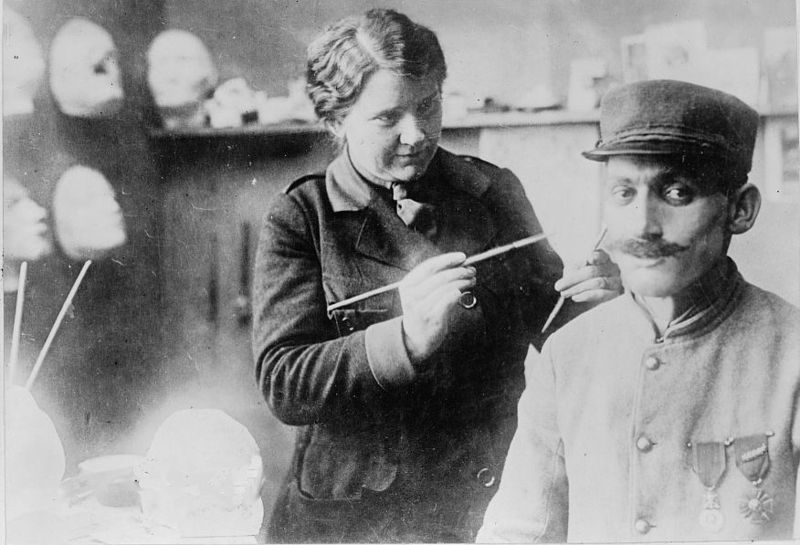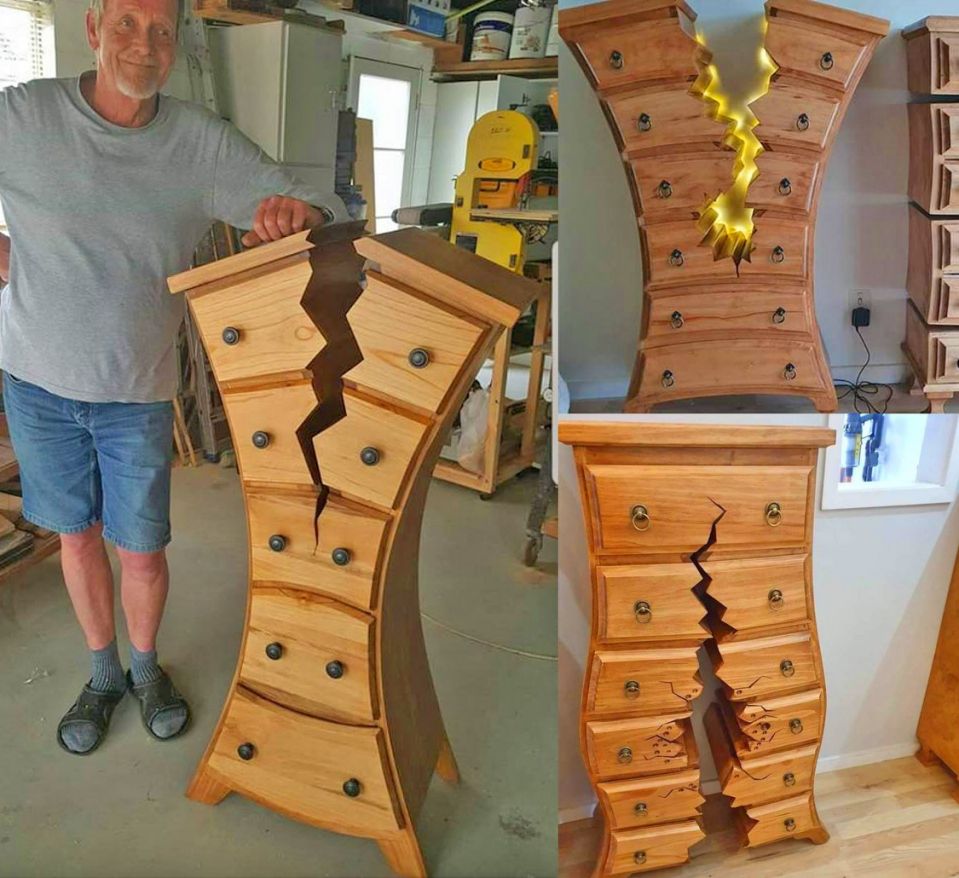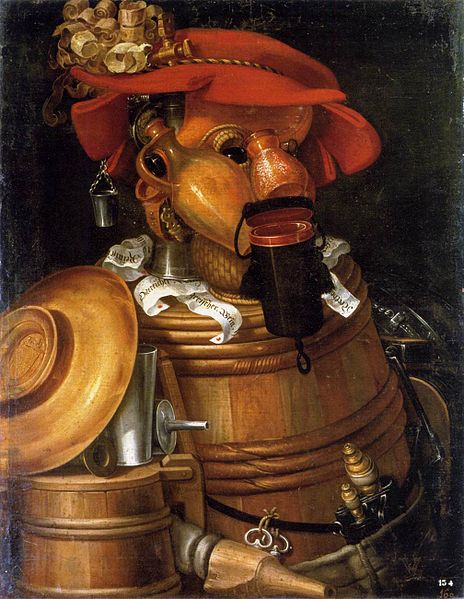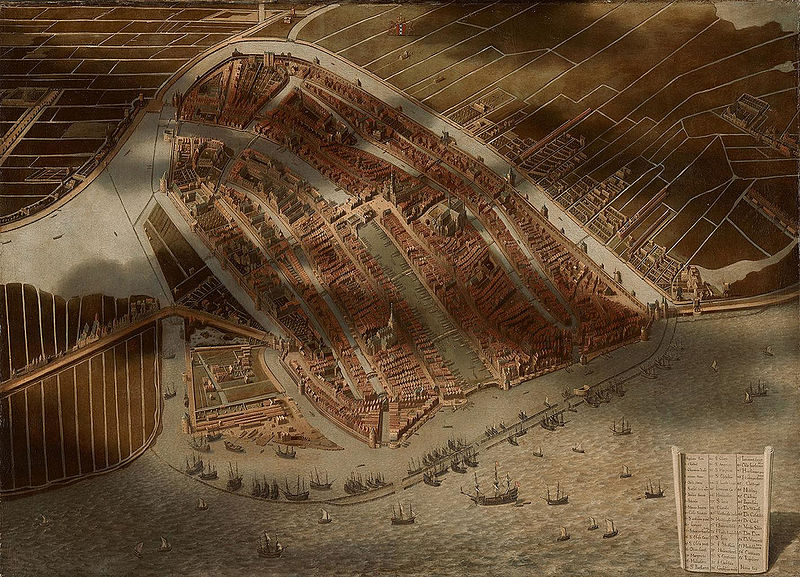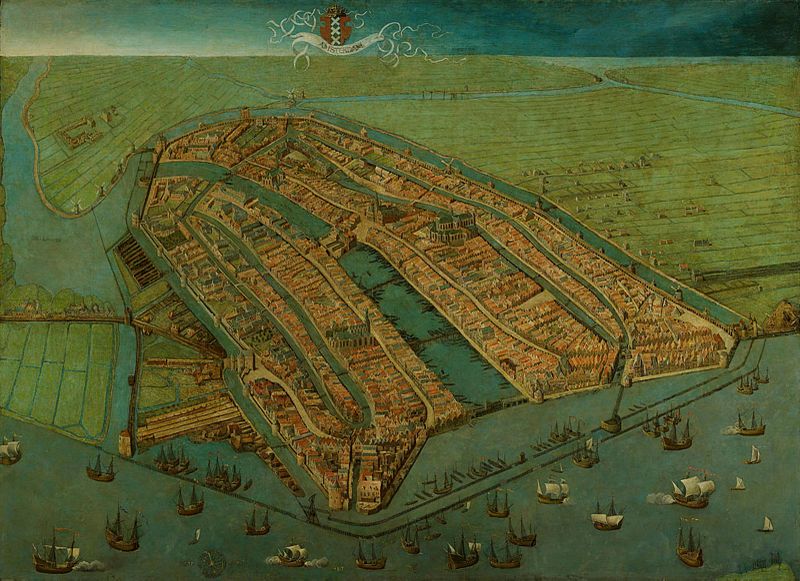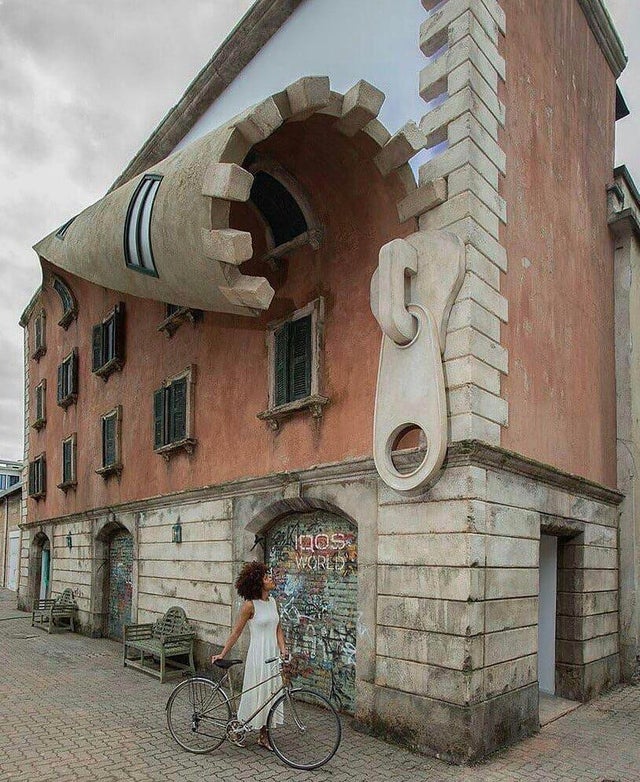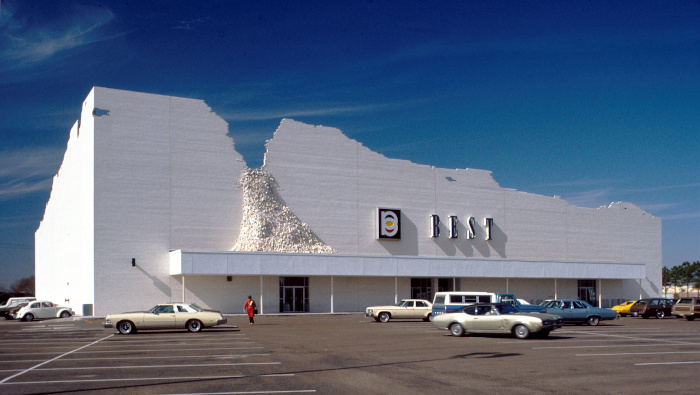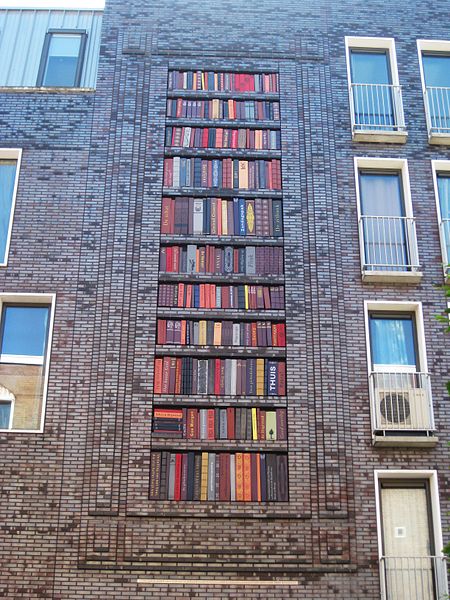Sculptor Anna Coleman Ladd found an unusual application for her artistry during World War I, creating prostheses for the dramatic injuries produced by machine guns and heavy artillery. After reading about artist Francis Derwent Wood’s “Tin Noses Shop” in London, she moved to London and opened a “Studio for Portrait-Masks.”
Her copper and silver masks, 1/32″ thick and weighing 4-9 ounces, were founded on facial casts and painted to match the precise skin tone of each patient. Held in place by eyeglasses, many included realistic mustaches, eyebrows, and eyelashes. By the end of 1919 Ladd had created 185 of them, charging $18 for each and donating her own services. The Red Cross called them “miracles,” and in 1932 France made her a Chevalier of the Legion of Honour.
